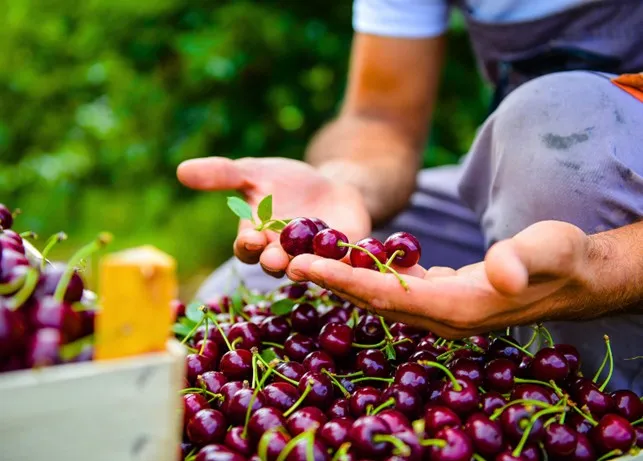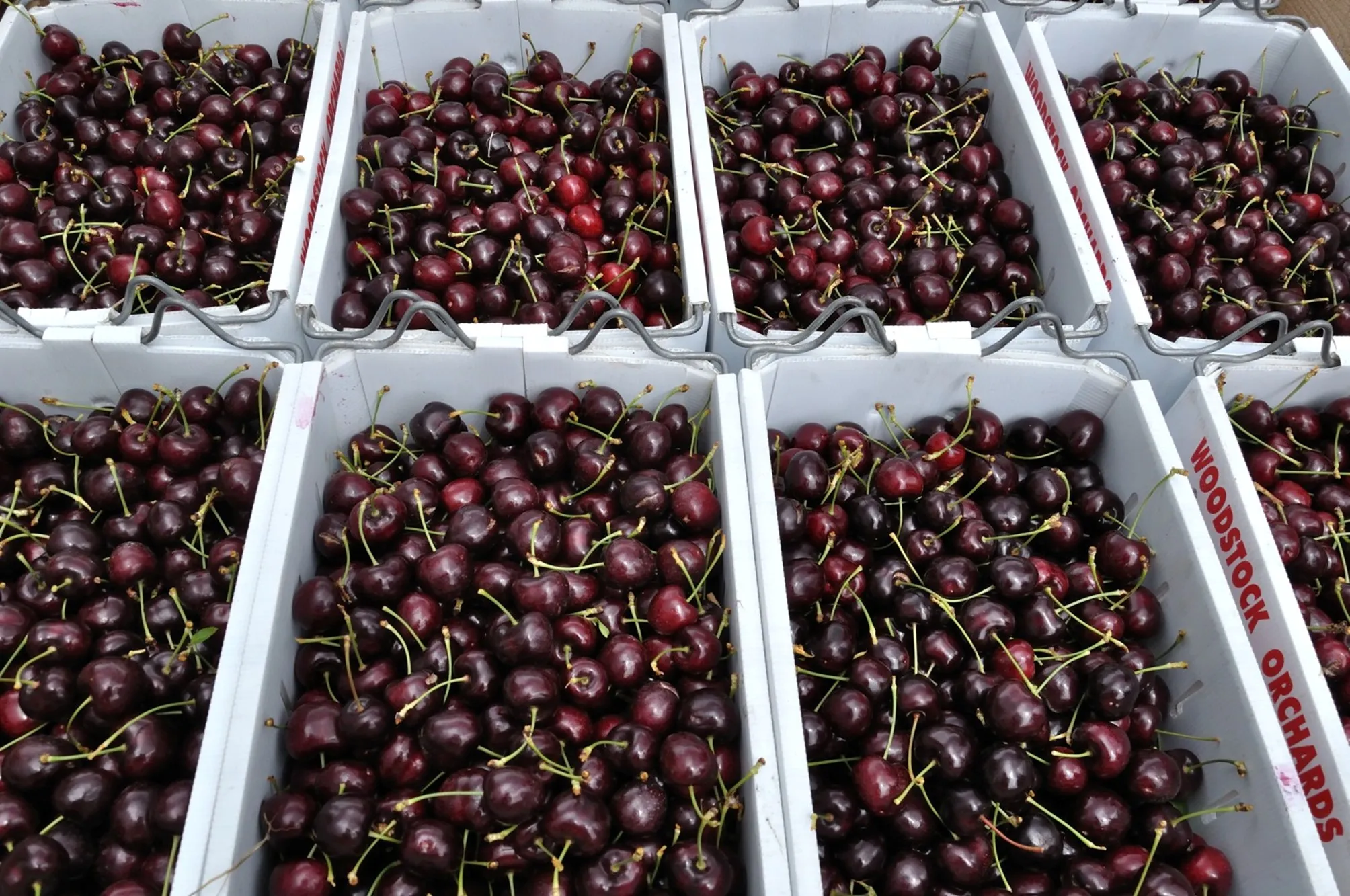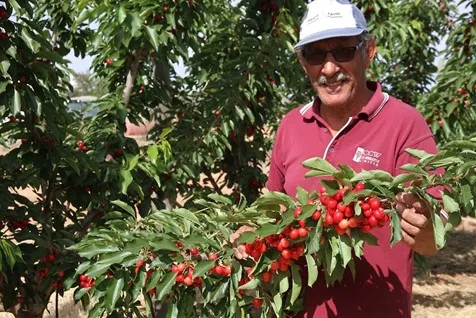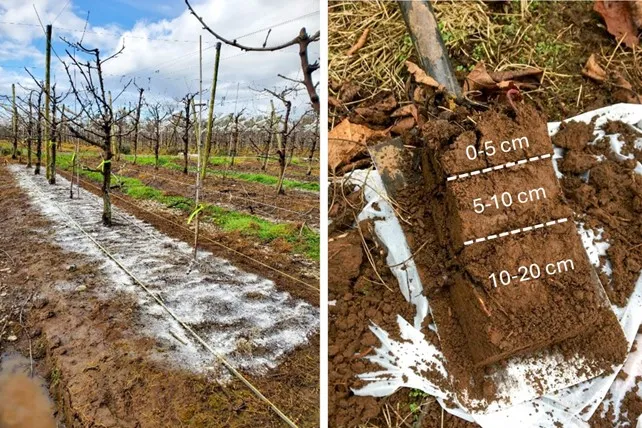The Australian agricultural sector has long been a pillar of the Australian economy, with the fruit industry playing a significant role both in domestic consumption and global exports. Known for its high-quality products, sustainable farming practices, and favorable climate, the Australian fruit market is in full expansion. Looking ahead to 2025, understanding the main fruit crops in Australia and their market demand can provide valuable insights for farmers, investors, and consumers.
1. Overview of the Australian Agricultural Sector
The Australian fruit industry is diverse, ranging from the tropical fruits of Queensland to the temperate crops of Victoria and Tasmania. It significantly contributes to the economy, with fruits like avocados, mangoes, and berries as key export products. Sustainable practices and innovative technologies have further improved production, ensuring that Australian fruit meets the highest quality standards required by global markets.
2. Growing Trends in the Australian Fruit Market for 2025
Consumer preferences are shifting towards organic fruit, rich in nutrients and grown sustainably. The demand for exotic foods and superfoods like berries and avocados continues to rise, driven by health-conscious consumers both nationally and internationally. Export markets in Asia and Europe are expected to expand further, bolstered by Australia's reputation for premium products.

3. Factors Determining Market Demand for Australian Fruit
a. Global Export Opportunities
Australia is a leading exporter of quality fruit, thanks to its strict quality standards and reliable supply chains. Key markets such as China, India, Japan, and the Middle East are expected to drive demand in 2025, with particular interest in tropical fruit rich in antioxidants.
b. Consumer Preferences and Health Trends
The post-pandemic era has heightened awareness of the health benefits of fruit, especially those rich in vitamins and antioxidants. This has led to a surge in demand for berries, citrus, and avocados. Additionally, organic products and farm-to-table offerings are becoming increasingly popular among Australian consumers.
c. Technological Advancements in Agriculture
Innovations in irrigation, pest control, and harvesting have transformed fruit production in Australia. Advanced cold storage and supply chain technologies ensure that fruit remains fresh during export, while precision farming techniques increase yields and reduce waste.
| Factor | Impact on Market Demand |
|---|
Health Trends | Increased demand for antioxidant-rich fruits |
Export Opportunities | Growth in Asian and European markets |
Adoption of Technology | Improvement in production and distribution |
4. Australian Cherries

Cherries are widely considered a luxury fruit, celebrated for their vibrant color, sweet-tart flavor, and association with festive occasions. Nationally, cherries are a favorite fruit for holidays, often featured in desserts, gift baskets, and seasonal recipes.
Internationally, markets in China, Japan, and South Korea lead significant demand, particularly during Lunar New Year and other cultural celebrations. Australian cherries are highly valued for their premium quality, which benefits from advanced logistics for cold storage and export.
Marketing efforts highlighting their health benefits, including high levels of antioxidants, further increase their desirability. This combination ensures that cherries remain a high-level export crop in 2025.

Production Insights
- Advancements in the cold chain improve freshness.
- Main regions: Tasmania, Victoria.
| Metric | Details |
|---|
Export Markets | China, South Korea, Japan |
Production Growth | Expected increase of 20% |
5. Challenges and Opportunities in the Australian Fruit Market
Challenges
- Climate change and extreme weather events are affecting crops.
- Rising labor costs are increasing pressure on profitability.
Opportunities
- Global demand for organic products continues to rise.
- Advanced technologies such as artificial intelligence and IoT can improve efficiency.
6. Final Considerations
It is expected that in 2025, the demand for Australia’s key fruit crops will be supported by health trends, technological advances, and global export opportunities. By focusing on sustainable practices and leveraging innovations, the Australian fruit industry will continue to thrive, solidifying its position as a leader in producing high-quality products.
Supporting local farmers and exploring investment opportunities in this sector can ensure long-term growth and sustainability.
Source: Editorialge Desk
Images: ABC, Agrometric Stories, Editorialge Desk
Cherry Times - All rights reserved















